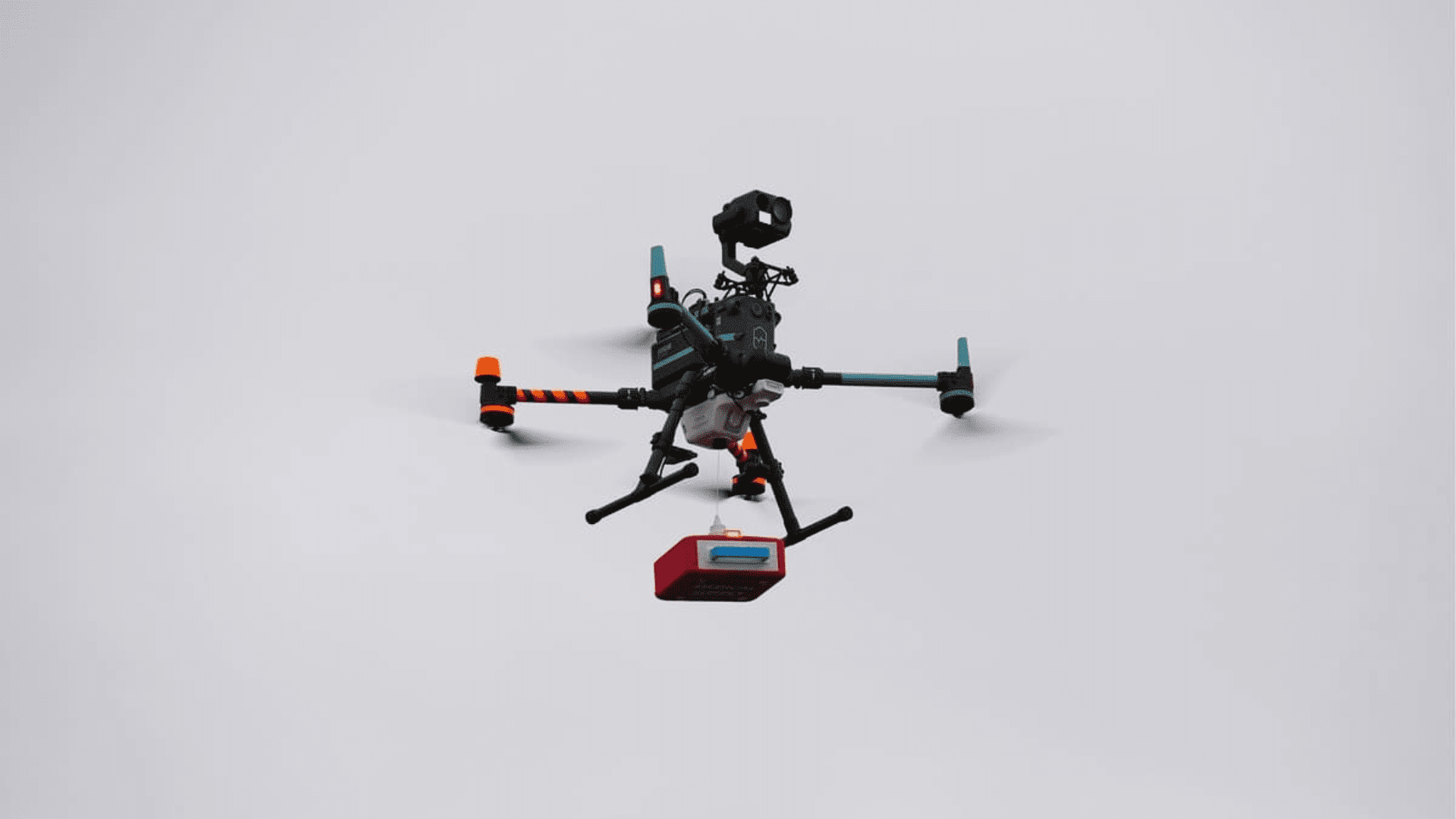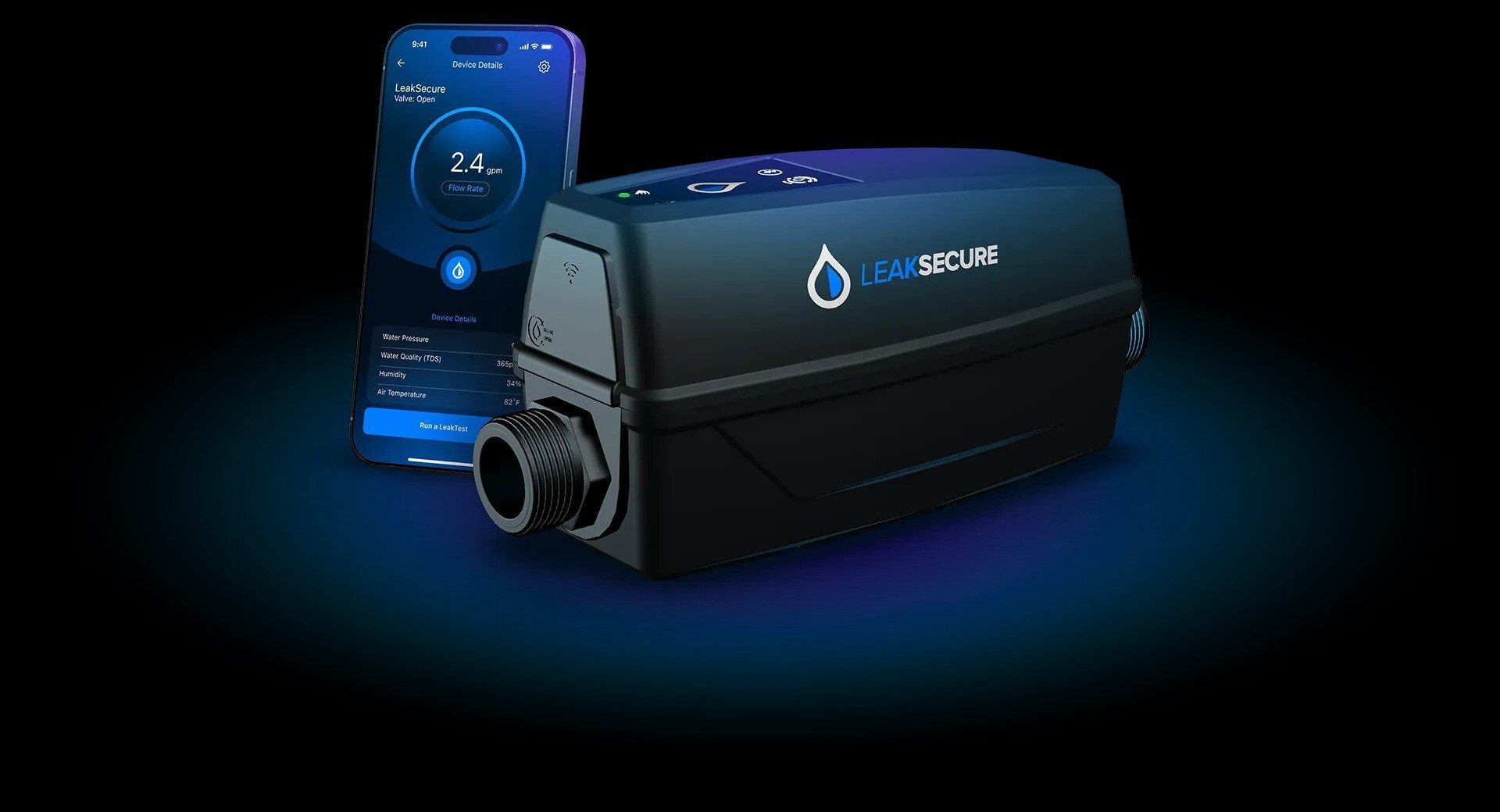Are drones on track to be the new first responders? Researchers at the University of Warwick are testing a system that allows drones to deliver Automated External Defibrillators (AEDs) directly to the scene of a cardiac emergency.
Drone Defibrillator Delivery

Collaborating alongside Welsh Ambulance Services, University NHS Trust, and drone specialists SkyBound, the system is designed for quicker access to AEDs, which are critical in cases of cardiac emergencies as they can restart the heart quickly.
Early CPR and access to an AED can reportedly double a person’s chance of survival. In a situation when every second counts, flying drones directly to patients could save lives by cutting response times compared to ambulances.
“Ambulance services work as swiftly as possible to get to patients who have suffered cardiac arrests. However, it can sometimes be difficult to get there quickly. AEDs can be used by members of the public before the ambulance gets there, but this rarely happens. We’ve built a drone system to deliver defibrillators to people having cardiac arrest, which could help save lives,” stated Chief Investigator Dr Christopher Smith from the University of Warwick.
To test the tech, the team ran emergency simulations in remote areas where ambulances may face delays due to distance and challenging terrain. A DJI M300 drone carried a defibrillator in response to an emergency call, flying long distances while maintaining communication between the drone pilot, the 999 handler, and a public bystander.
“We have successfully demonstrated that drones can safely fly long distances with a defibrillator attached and maintain real-time communications with emergency services during the 999 call. We are in a position where we could operationalise this system and use it for real emergencies across the UK soon.” Dr. Smith stated.
After recruiting 11 participants, researchers studied how they interacted and how quickly the cardiac arrest patient received help. Study authors noted that, given the response times, it appeared that study participants struggled more with operating the AED than with the drone delivery.
The next step will be to secure funding for larger studies and assess whether the system can be implemented across the NHS.







